Figures & data
Figure 1 Synthesis of 20-HETE.
Abbreviations: 20-HETE, 20-hydroxyeicosatetraenoic acid; CYP, cytochrome P450; 19-HETE, 19-hydroxyeicosatetraenoic acid.

Figure 2 An overview of eicosanoid synthesis pathways.
Abbreviations: CYP, cytochrome P450; LOX, lipoxygenase; EET, epoxyeicosatrienoic acid; PGI2, prostacyclin synthase; PGE2, prostaglandin E2; PGF2, prostaglandin F2; PGD2, prostaglandin D2; TXA2, thromboxane A2; LTA4, leukotriene A4; LTB4, leukotriene B4; PGH2, prostaglandin H2; COX1/2, cyclooxygenase 1/2; HETE, hydroxyeicosatetraenoic acid.
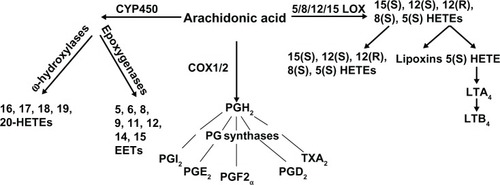
Figure 3 LC-MS-MS detection of HETE standards.
Abbreviations: LC-MS-MS, liquid chromatography-mass spectrometry-mass spectrometry; HETE, hydroxyeicosatetraenoic acid; PG, prostaglandin; DiHETE, diastereomeric 5,6-dihydroxyeicosatetraenoic acid; EET, epoxyeicosatrienoic acid.
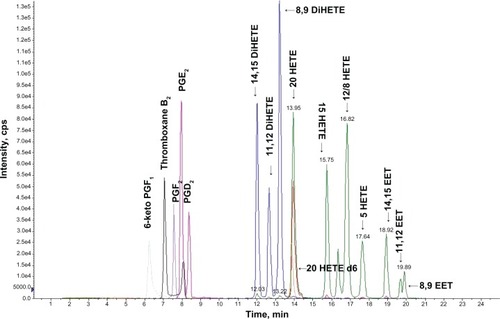
Figure 4 Proposed mechanism of action of 20-HETE.
Abbreviations: 20-HETE, 20-hydroxyeicosatetraenoic acid; GPCR, G protein-coupled receptor; EGFR, endothelial growth factor; PLA2, phospholipase A2; NADPH, nicotinamide adenine dinucleotide phosphate; SOS, salt overly sensitive; AA, arachidonic acid; CYP, cytochrome P450; PKC, protein kinase C; PKA, protein kinase A; PhK, phosphorylase kinase; GP, glycogen phosphorylase pathway; cAMP, cyclic adenosine monophos phate; MEK, MAP kinase kinase; ERK, extracellular signal-regulated kinases; IκBα, I-kappaB-alpha; NFκB, nuclear factor-kappaB; VEGF, vascular endothelial growth factor; HET0016, N-Hydroxy-N′-(4-butyl-2-methylphenyl) formamidine; WIT002, 20-hydroxyeicosa-6(Z),15(Z)-dienoic acid.
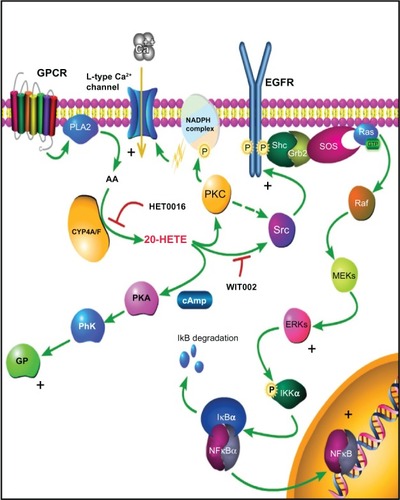
Figure 5 Expression of CYP4A and CYP4F genes at the mRNA level is elevated in human lung cancer tissue samples.
Abbreviations: CYP, cytochrome P450; mRNA, messenger ribonucleic acid; PCR, polymerase chain reaction; RNA, ribonucleic acid.
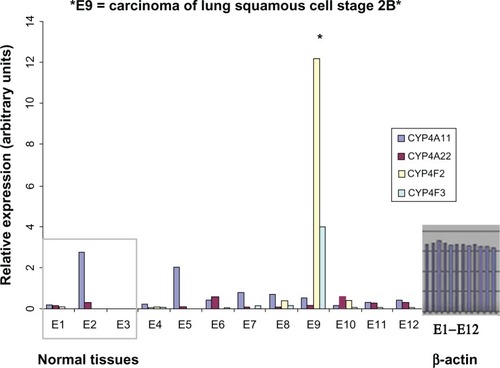
Table 1 Primers used to detect human genes encoding CYP4A/F by real-time PCR
Figure 6 Inhibitors, agonists, and antagonists of 20-HETE.
Abbreviations: 20-HETE, 20-hydroxyeicosatetraenoic acid; 5,14-20-HEDGE, N-[20-hydroxyeicosa-5(Z), 14(Z)-dienoyl]glycine; 5,14–20, -HEDE, -20-hydroxyeicosa-5(Z), 14(Z)-dienoic acid. CYP450, Cytochrome P450; WIT002-20-hydroxyeicosa-6(Z),15(Z)-dienoic acid; HET0016, N-Hydroxy-N′-(4-butyl-2-methylphenyl) formamidine.
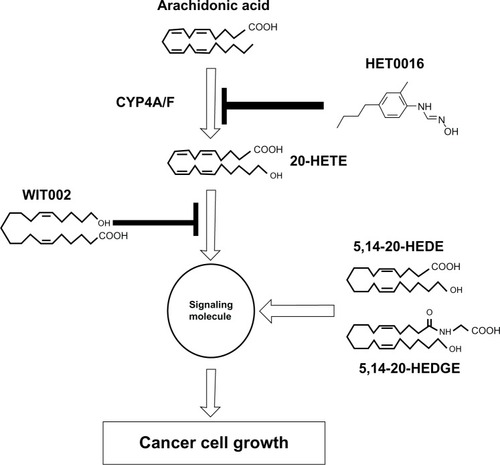
Table 2 Expression of CYP4A and CYP4F in human cancer samples and the effects of inhibitors of 20-HETE synthesis and signaling upon cancer cells of different origin